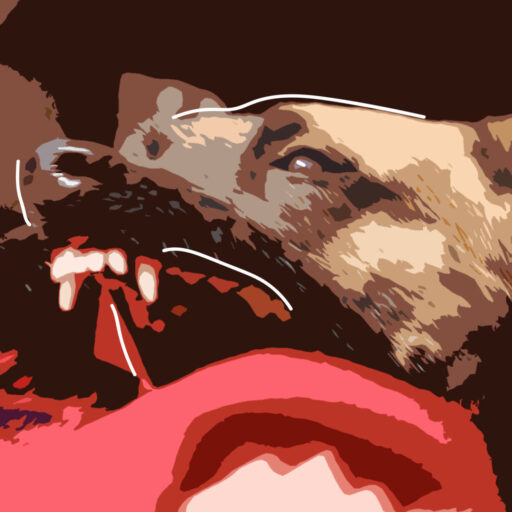Prey to Defense Drive Channeling
In this episode, Jerry Bradshaw discusses:
- What a drive profile is and what it means for you and your dog.
- Starting your dog in the right drive for that dog.
- What drive channeling is and why it is so important.
- Steps you can take to channel the drives from prey to defense.
- Two key variables of putting pressure on a dog – intensity and duration.
Key Takeaways:
- Experience plays a role when you’re evaluating a dog.
- It is up to the dog to decide if something is threatening or not threatening.
- An experienced, good decoy can make all the difference.
- The dog must see reactions from you as the decoy.
- Drive channeling is the foundation that is missing in a lot of dogs when it comes to not getting the outs we want them to have.
“You cannot control when your dog goes into defense. If your dog goes into defense and does not understand how to function in that space, does not understand how to function in that mood, what you’re going to end up with is a dog that might avoid, despite the fact that he is a powerful dog, a strong dog.” — Jerry Bradshaw
Get Jerry’s book Controlled Aggression on Amazon.com
Contact Jerry:
Website: https://controlledaggressionpodcast.com/
Tarheel Canine Training: http://www.tarheelcanine.com/
Youtube: http://www.youtube.com/user/tarheelcanine
Twitter: https://twitter.com/tarheelcanine
Instagram: https://www.instagram.com/tarheelk9/
Facebook: https://www.facebook.com/TarheelCanineTraining
Protection Sports Website: http://psak9.org/
Patreon: www.patreon.com/controlledaggression
Train Hard, train smart, be safe.
Show notes by Podcastologist Chelsea Taylor-Sturkie
Audio production by Turnkey Podcast Productions. You’re the expert. Your podcast will prove it.


